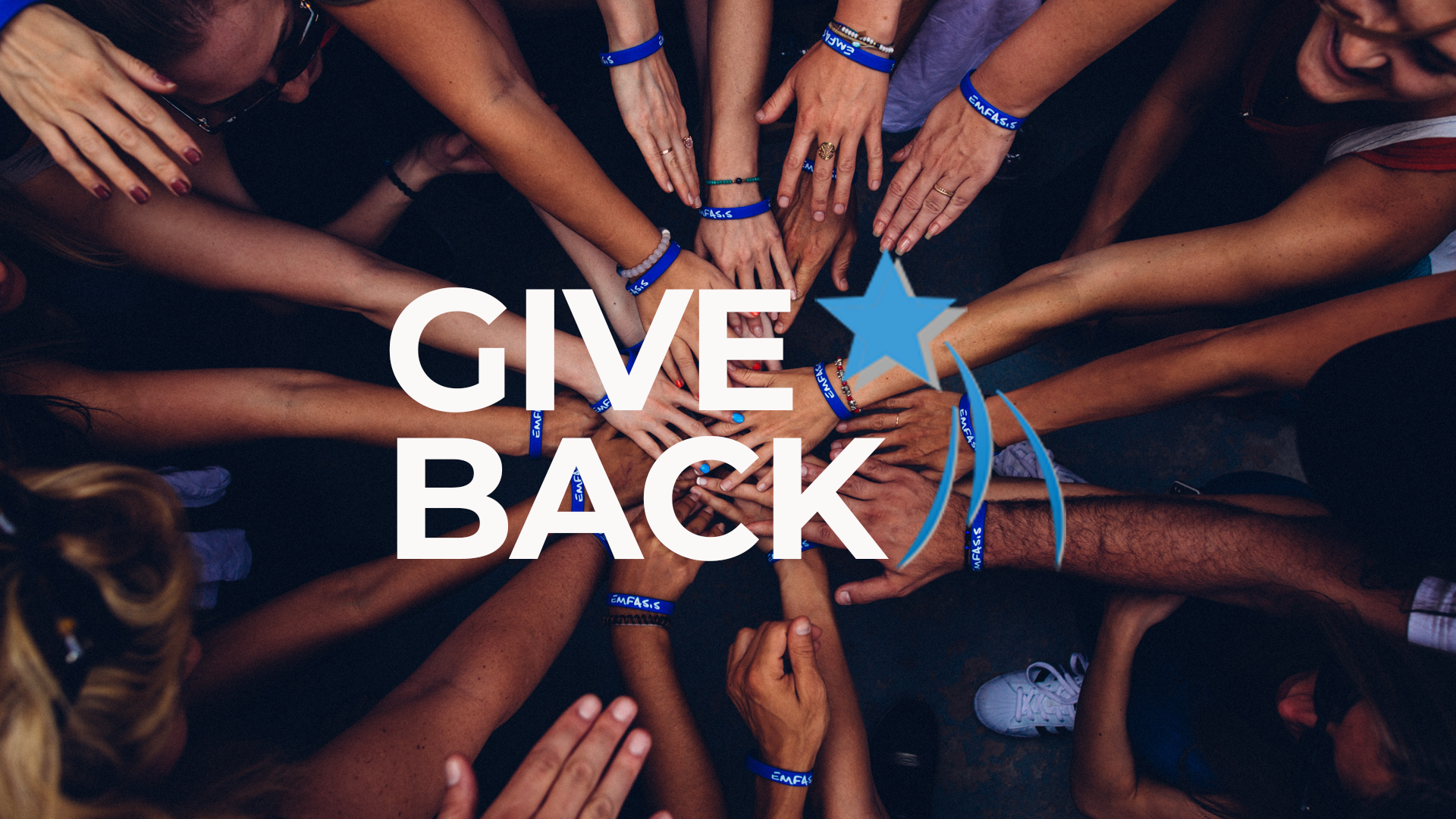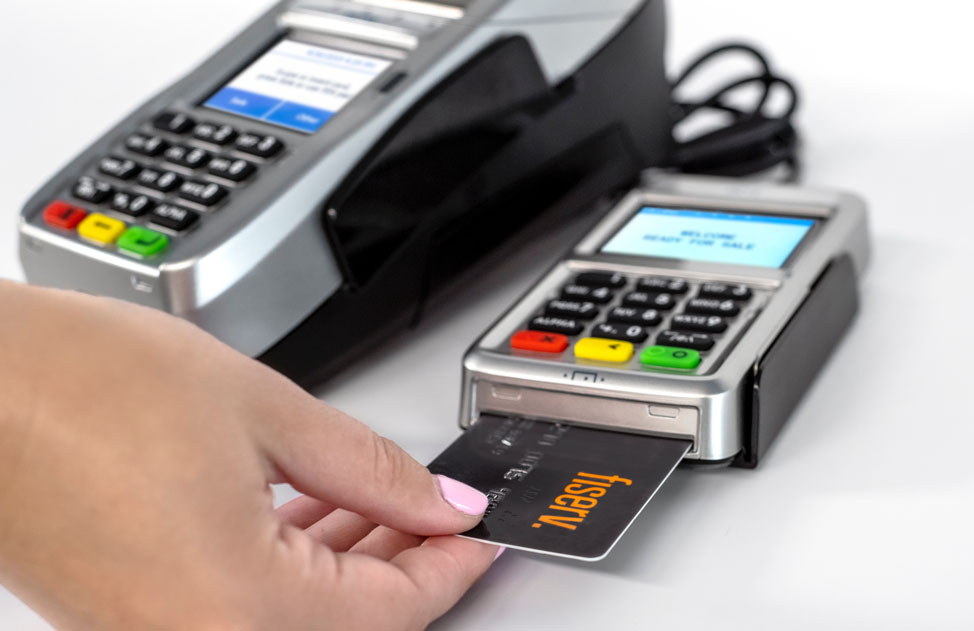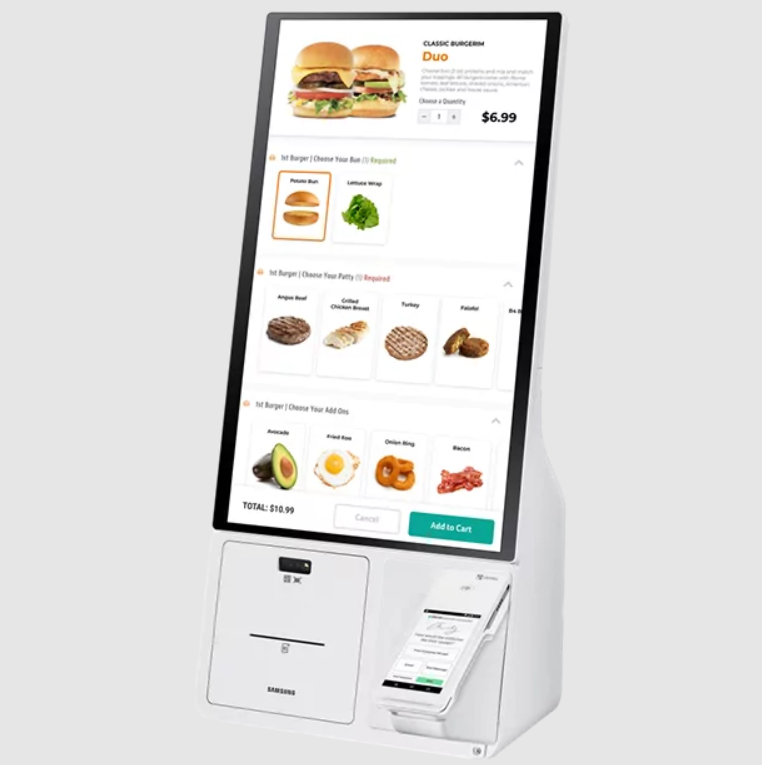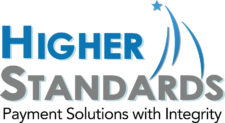With many restaurants shifting to a heavier mix of online ordering, curbside pickup, and delivery, the incidence of fraudulent chargebacks is on the rise. An increasing number of consumers are receiving the food they ordered online and then, a few days later, contesting their charges. It’s a high-tech version of the old dine and dash, and results in an increased number of chargebacks – enough to put a real dent in any restaurant’s profits.
Chargebacks Are Increasing
Historically, the food service industry has not been subject to a large number of chargebacks. If a customer is dissatisfied with their food, the restaurant typically averts later issues by offering a discount, comping the meal, or issuing a gift card for a future meal. The fact that in-person restaurant charges are typically card-present transactions significantly reduces the risk of fraud. For most restaurants, chargebacks have been a minor issue, at best.
That has all changed during the COVID-19 crisis, restaurants and fast food establishments have seen a huge upswing in online orders. Customers place their orders via credit or debit card on the restaurant’s website or through a third-party delivery service, not in-person at the store. The food is then either picked up, handed over curbside, or delivered by the store’s driver or a third-party service, such as Uber Eats or Door Dash. In many cases the customer never sets foot in the restaurant itself and restaurant employees never see the customer. All payment is done online in card-not-present transactions, which don’t have the fraud protection of EMV chip card payments.
The result has been a significant increase in restaurant chargebacks, with a large number of those being the result of so-called friendly fraud.
Some Chargebacks are Justified
If you run a restaurant, why might you receive a chargeback on a buy online pickup in store (BOPUS) or delivery order? There are two primary reasons.
The first reason a customer might request a chargeback is because something was wrong with the order. This is more likely to happen with online or phone orders than orders placed in the restaurant – plus, you don’t have the same opportunity to make things right at the moment. The person might receive something different from they ordered. They might be missing part of their order. They may have gotten confused on your website and ordered something different from what they thought. Or the order may be been delivered outside the expected delivery window. In any case, something went wrong and the customer blames you for the mistake. Instead of calling you up and informing you of the problem (which may be too much conflict for some people), they call their bank and contest the charge, instead. A few days after the order you see the chargeback, too late to try and deal with the customer one-on-one.
A surprising amount of chargebacks are due to errors of this sort – according to some sources, anywhere from 60% to 80% of all chargebacks. Yes, the customer should have tried to contact you, but that isn’t always easy – especially when the order was placed through a third-party service. The result is you get a chargeback and may lose a customer.
Some Chargebacks are Dine and Dash Online
The second reason a restaurant may receive a chargeback is due to online fraud. The customer orders their food – often a large order – and then requests a refund a day or so later. They may claim that “somebody else picked up my order” or ” the delivery person left it in the wrong place ” or simply “it wasn’t what I ordered” and you can’t prove otherwise. It’s especially difficult to defend against this when the delivery is made by a third-party service outside of your control.
Some professional fraudsters are doing this in large quantities, but some regular folks are doing this, too. When a customer realizes that he can get a free meal simply by contesting the charges, it’s just too tempting for some otherwise honest individuals. Some people are even getting on social media to encourage this type of friendly fraud. And it’s not just one or two customers doing this. Some restaurants are experiencing a large number of these dine-and-dash chargebacks, some for very large amounts.
Online fraud of this sort is expensive. You’re out the food costs plus you get charged hefty chargeback fees. It’s considerably more costly than having to give someone a free meal in the restaurant.
How You Can Fight Online Restaurant Chargebacks
Since most restaurants are used to minimal chargebacks, the significant uptick in chargebacks during the COVID-19 crisis are straining already razor-thin margins. Some restaurants are even being forced to close their doors. What can you do to combat the growing number of online fraudsters – and reduce the number of chargebacks?
To decrease the number of unhappy customer chargebacks, it’s important that your staff quickly and accurately fulfill all customer orders. You should also work with delivery staff or third-party delivery services to ensure that food is delivered when promised and still hot. Evaluate the online ordering section of your website with an eye towards identifying anything that might be confusing to customers. And encourage and make it easy for customers to contact you if they have any issues – a big “CONTACT US” button on the order confirmation page is a good way to start.
In terms of combating online dine-and-dash fraud, the payment processing industry itself has taken some steps to alleviate this problem, in the form of recent policy changes in the Visa Claims Resolution and Mastercard Dispute Resolution processes. You can also consider taking some or all of the following steps on your own:
- If you have your own custom checkout system you can utilize third-party tools such as fraud scoring and an address verification service to weed out obviously fraudulent transactions
- You can require customers to present their IDs or payment cards when they receive their orders, although this may prove unpopular in this COVID age of contactless transactions
- You can fight the chargebacks, by filing dispute response documents, although this may only be worth the trouble with large-dollar transactions
- Keep track of the names and addresses of those individuals who have requested chargebacks, and don’t take any more (potentially fraudulent) orders from them in the future
Perhaps the best thing your restaurant can do to deal with this type of high-tech dine-and-dash fraud is to be prepared for it. If you know that you expect a larger number of chargebacks, you can bake those costs into your online pricing. Don’t be caught by surprise; when you’re dealing with an increased number of online orders, you will have an increased number of online chargebacks.









